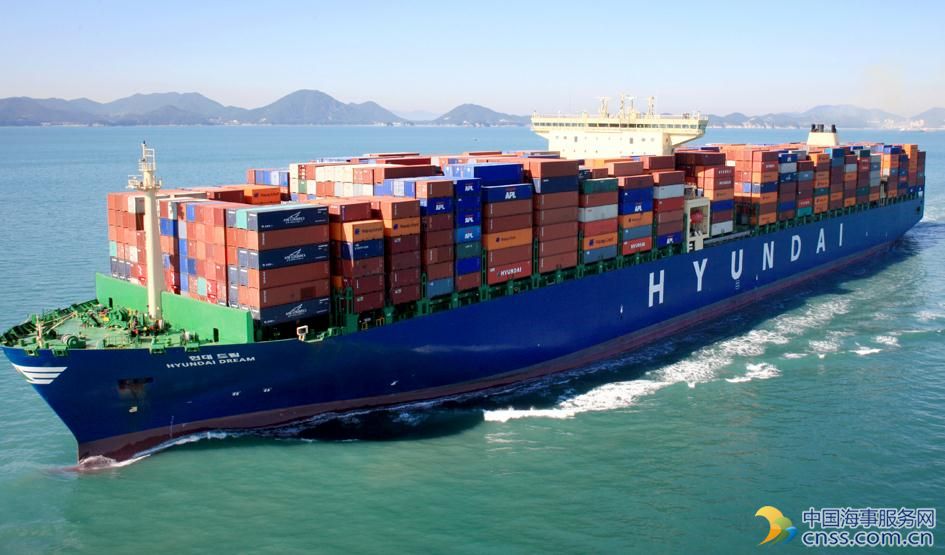WWL: Shipowners Need to Know About the Upcoming 2020 Sulfur Cap’s Impact

The decision to set 2020 as the start date for the 0.5% global sulphur cap has been widely welcomed for demonstrating that shipping and its regulator are prepared to make tough choices. But the IMO has set the shipping and refining industries a tough technical challenge of producing and sourcing the fuel necessary to meet the 0.5% sulphur maximum.
The far greater challenge is what happens when the resulting costs become properly understood. As we have seen from the experience of Emission Control Areas, these are not costs the industry will be able to absorb. Its customers should therefore be paying close attention to what happens next.
A pattern is emerging, similar to that seen in the lead-up to the 0.1% sulphur limit of 2015 within Emission Control Areas. The industry conversation was dominated by technical considerations of how carriers would manage.
Fuel accounts for between one and two thirds of the total cost base for most shipping companies and some reasonable assumptions about the premium compared to heavy fuel oil put the increase at anywhere between 40-70% for low sulphur fuel.
As such it is hard to avoid the conclusion that even if shippers have not felt the effects of sulphur regulation until now, they are more likely to feel it 2020.
So what should shippers ask of vessel owners and operators?
In depth knowledge of sulphur regulations and compliance options, together with a well-developed strategy for compliance and an open dialogue with customers should be expected. Shippers have an important role to play in ensuring that the global sulphur cap fulfils the health and environmental benefits it promises, in verifying the compliance of carriers.
One of the biggest challenges leading up to 2020 is the uncertainty: we simply don’t know what kind of fuel or other compliance options will be available or what the cost will be.
To handle this uncertainty, we have chosen to spread the risk and increase flexibility. The WWL ‘four-stream’ approach accepts that there will not be a one-size fits all solution – there are certainly no magic bullets – but by pursuing a multi-stranded strategy we have the best chance of managing risks and costs for ourselves and our customers.
From a shipper perspective, the worst situation would be working with a carrier who doesn’t see what the fuss is about and has done nothing to engage with the issue. Vessel owners that simply ‘wait and see’ not only put shippers at a disadvantage but also increase the risk of supply chain disruption for their customers. Starting the conversation early means having the best possible chance of mitigating the regulatory impact.
Source: WWL (Anna Larsson VP, Global Head of Sustainability at Wallenius Wilhelmsen Logistics)
HEADLINES
- Do shipping markets want Biden or Trump for the win?
- All 18 crew safe after fire on Japanese-owned tanker off Singapore
- Singapore launching $44m co-investment initiative for maritime tech start-ups
- Cosco debuts Global Shipping Industry Chain Cooperation Initiative
- US warns of more shipping sanctions
- China continues seaport consolidation as Dalian offer goes unconditional